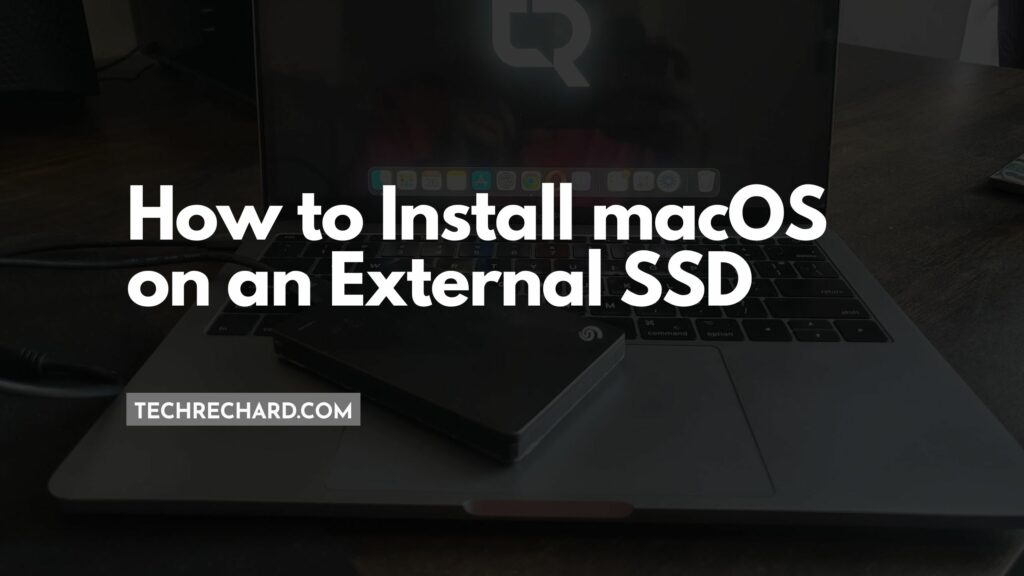

This is surprising if you're running the script in one window and trying to get work done in another! The AppleScript answer given in this thread works, but it has the nasty side effect of clearing any terminal window that happens to be active. See Chris Page's answer to How do I reset the scrollback in the terminal via a shell command? for more information. Which clears the scrollback buffer as well as the screen. Or more concisely ( hat tip to user qiuyi): printf '\33c\e[3J' If you're using the OS X Terminal app (as stated by the OP), a better approach (thanks to Chris Page's answer to How do I reset the scrollback in the terminal via a shell command?) is just this: clear & printf '\e[3J' That’s the low down, the more common compression packages available will typically be covered in one of the above.A better way to clear the screen from within a script.

You can also use a number of different formats for creating a. To Eject hdiutil eject /Volumes/archive_name/ To create hdiutil create -format UDZO -srcfolder folder_to_compress archive_name.dmg This one is macOSnative only – for a GUI interface use /Applications/Utilities/Disk Utility – for command line use: To extract gunzip archivename.gz DMG – macOS Only To compress tar -jcvf archive_2 folder_to_compress To extract tar -zxvf archive_ TAR.BZ2 – Cross PlatformĪ variation on TAR GZ but with better compression than both tar.gz and zip. To compress tar -zcvf archive_ folder_to_compress Second up is TAR, an old favorite on Unix/Linux – you add the GZ for the compression – compresses tighter than zip ds store files, use the “-X” option in the command so: zip -r -X archive_name.zip folder_to_compress TAR.GZ – Cross Platform

If you want to make a zip without those invisible Mac resource files such as “_MACOSX” or “._Filename” and.

To compress zip -r archive_name.zip folder_to_compress ZIP – Cross Platformįirst up is ZIP one of the most commonly used compression techniques used across all platforms Here are some built-in compression applications you can use including zip, tar, gz, bz2, gz and dmg. A compressed file which contains files and folders is generally referred to as an archive. The default command line application interface in macOS is the Terminal and is stored in /Applications/Utilities.įile and folder compression saves on file size and ensures the contents are captured and delivered or stored as one monolithic file. Since macOS is based on Unix there are a number of ways to compress files and folders within the filing system using Unix based application code, below are a few options using the Terminal or command line interface (cli).


 0 kommentar(er)
0 kommentar(er)
